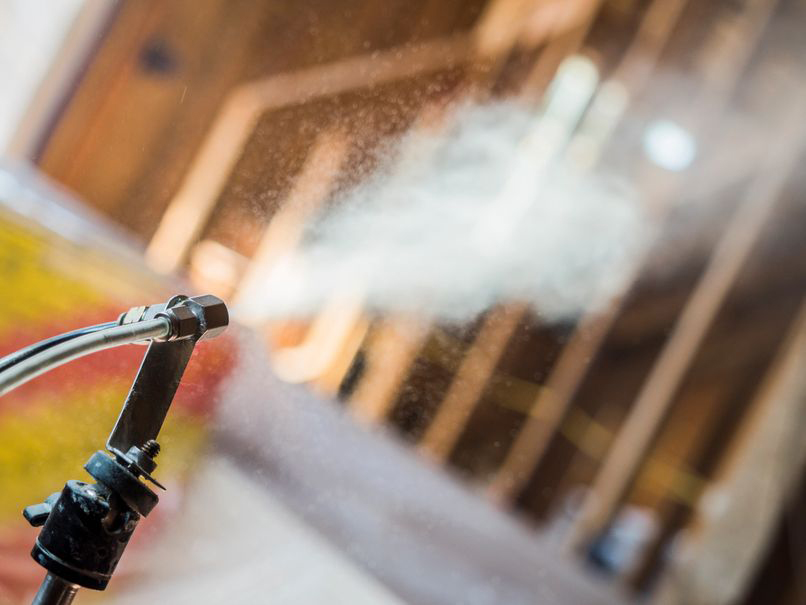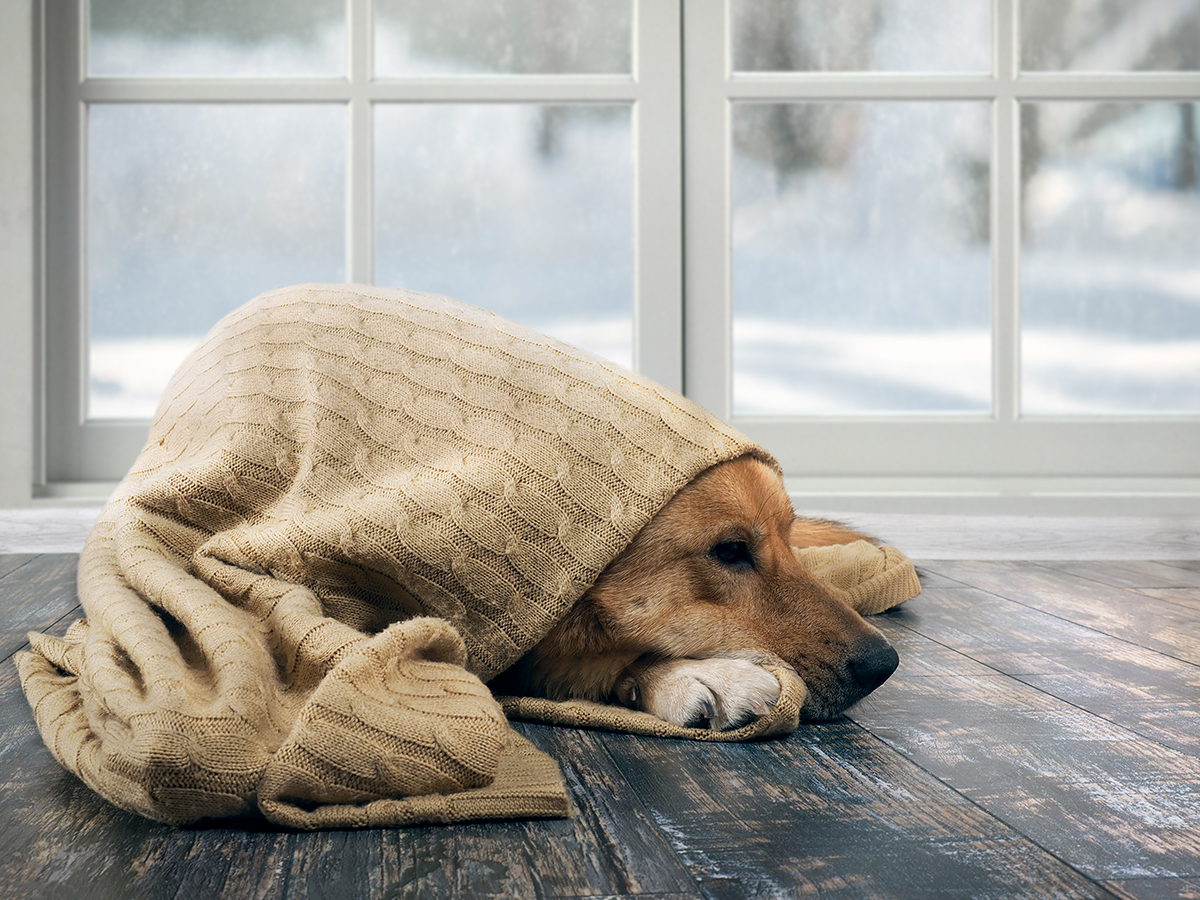WRITER | JULIE FORD
PHOTO| IRINA KOZHEMYAKINA
Warm, comfortable homes are built for humans and their pets. Even so, whether a home is new, centennial, or somewhere in between, there can be not-so-obvious entry points for critters such as insects and mice. Before the snow starts piling up, it’s a good idea to locate and seal gaps that can invite these unwanted guests.
“We kind of give them a free pass,” says Mark VanderWerp, entomologist and manager of education and training for Rose Pest Solutions, headquartered in Troy. “If you don’t have gaps big enough to come in, they don’t come in.”
VanderWerp says that, with deer mice (also known as white-footed mice), skull size is what matters. Babies can get through quarter-inch gaps, and adults can fit through dime-sized gaps. If a mouse head fits through an opening, the rest will follow.
“The biggest problem is that people don’t know what to look for,” explains VanderWerp, who advises homeowners to carefully examine the A/C pipe leading from the unit into the home. “Mice chew down the insulation around the pipe and get in.” He says another sneaky entrance can be through corner caps – hollow lengths of vinyl located where exterior walls meet. The vertical pieces go straight up and dump in the attic – a “mouse highway,” according to VanderWerp. And where structures rest on foundations, shrinking and swelling can occur over time, also creating gaps.
Preventing mice from enjoying your nice warm house this winter will require detective work and some cleaning, inside and out. Even the tidiest of homes can have an intruder hunting for food, water, and nesting material. Here are a few suggestions to make your home uninviting:
- Keep woodpiles, firewood, and trash containers as far away as possible.
- Clear leaves, brush, and weeds from your foundation.
- Seal doors, windows, and exterior piping.
- Keep birdseed outside in airtight containers like stainless steel trash bins. Rodents chew right through plastic.
- Inside, keep pet food in airtight containers, take the garbage out daily, keep floors vacuumed, wipe down cupboards inside and out regularly, and wipe up spills and crumbs.
Once mice are discovered in a home, setting snap traps using peanut butter, cheese, or black licorice as bait does work. Mice tend to run along walls and baseboards, so set traps in travel paths. Use gloves to handle any traps with a mouse attached and toss it in the garbage outside. Do not reuse traps due to the diseases mice can carry. Remain vigilant; keep setting traps and tossing bodies until the activity stops. With a particularly sneaky intruder, install wildlife cameras to detect the activity and set traps accordingly.
Live traps also work, but you need to drive the mouse a few miles from your house to be sure it doesn’t find its way back. You will also find sticky trays on the market, but these are considered inhumane because they do not result in a quick death. Avoid poisons, as they are also dangerous to humans and pets; once a mouse eats poison, it can die anywhere in your home.
Scat charts are helpful in identifying droppings to narrow down which intruders are running around your home and how to prevent more. A bird will likely have entered through an uncapped chimney or an open window. Bats, however, can enter an attic through a half-inch opening in a mortar crack or joint high above the ground and out of sight. If you suspect bats in your attic, call a professional.
Insect pests can run the gamut from tiny brown ants to cockroaches and larger. In Michigan, brown marmorated stink bugs pile up around windows and doors and find their way in through gaps. When squished, they emit an indescribable smell. Once inside, they wait for winter to pass and return outside in the spring.
“Stink bugs, if there are a lot, are getting into the attic and popping into the living spaces through recessed lighting,” says VanderWerp, who has several suggestions for lessening the problem:
- Upgrade recessed lighting to LED kits that are easy to install and mount flush to the ceiling to save money on lights and keep bugs out at the same time.
- Install fine mesh screening along ridge and soffit vents – common stinkbug entryways into the attic.
- Cover and tape the doors of an unused fireplace with a sheet of plastic.
- Seal around doors and windows.
- Apply an insecticide around doors and windows to the exterior.
If spiders are taking up residence, the same measures used for stink bugs can help. Vigilant vacuuming – especially with the narrow attachment to focus on cracks and crevices – can cut down on populations. Spiders set up homes where food (insects) is plentiful. Fixing screens and sealing openings will deter spiders, but regular vacuuming can remove a spider before her nest, where hundreds of spiderlings typically hatch, is established.
Good housekeeping, tidy landscaping, and an annual inspection of cracks and gaps inside and out by a professional or homeowner who knows what to look for can help keep critters where they belong. Inspecting and sealing gaps around the home before temperatures drop will keep the unwanted outsiders looking in.








